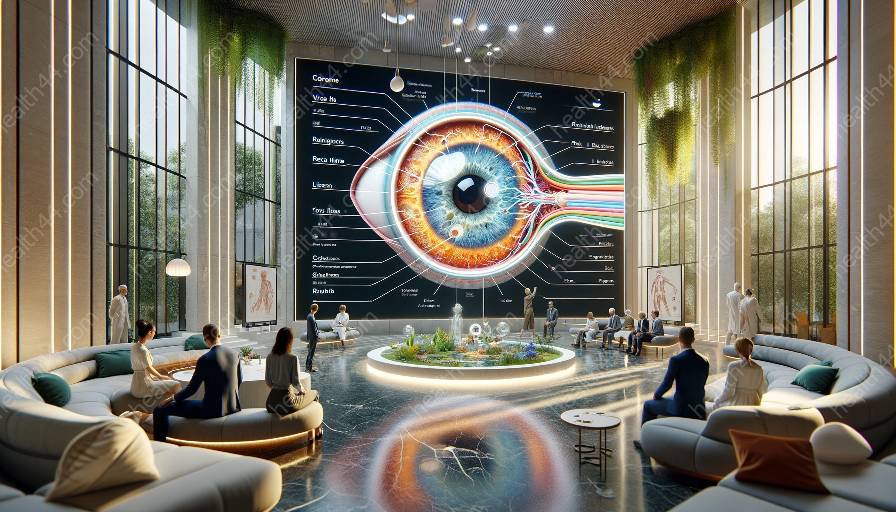Our ability to maintain balance and navigate our spatial surroundings is a complex interplay between our eyes and the vestibular system. This intricate connection involves not only the anatomy of the eye, but also the crucial role of vision rehabilitation in ensuring optimal balance and spatial orientation.
Understanding the Vestibular System
The vestibular system, located within the inner ear, is responsible for providing feedback to the brain about our body's position and movement in space. It consists of the semicircular canals and the otolithic organs, which work together to detect rotational movements, linear acceleration, and changes in head position.
Role of the Eyes in Maintaining Balance
Our eyes play a fundamental role in maintaining balance and spatial orientation. Visual input from the eyes provides essential information about the environment, including object location, depth perception, and motion detection. This visual information is vital for coordinating our movements and adjusting our posture in response to changes in our surroundings.
Eyes and Vestibular System Interaction
The connection between the eyes and the vestibular system is crucial in our ability to maintain balance and spatial awareness. When we move, the vestibular system provides information about our body's position and movement, while our eyes track our surroundings and provide visual cues to help us orient ourselves within our environment.
Anatomy of the Eye and Balance
The anatomy of the eye is intricately linked to our sense of balance and spatial orientation. The visual system, including the eyes, optic nerves, and visual processing areas in the brain, works in conjunction with the vestibular system to help us interpret visual signals and maintain stability.
Vision Rehabilitation and Balance
Vision rehabilitation plays a vital role in optimizing the connection between the eyes and the vestibular system for maintaining balance and spatial orientation. Through exercises and therapies, vision rehabilitation helps individuals improve visual processing, eye tracking, and coordination, enhancing their ability to interpret visual cues and maintain stable balance.
Conclusion
The connection between the eyes and the vestibular system is a fascinating interplay that is essential for maintaining balance and spatial orientation. Understanding the intricate relationship between eye anatomy and the vestibular system, along with the role of vision rehabilitation, is crucial in supporting optimal balance and spatial awareness.





















